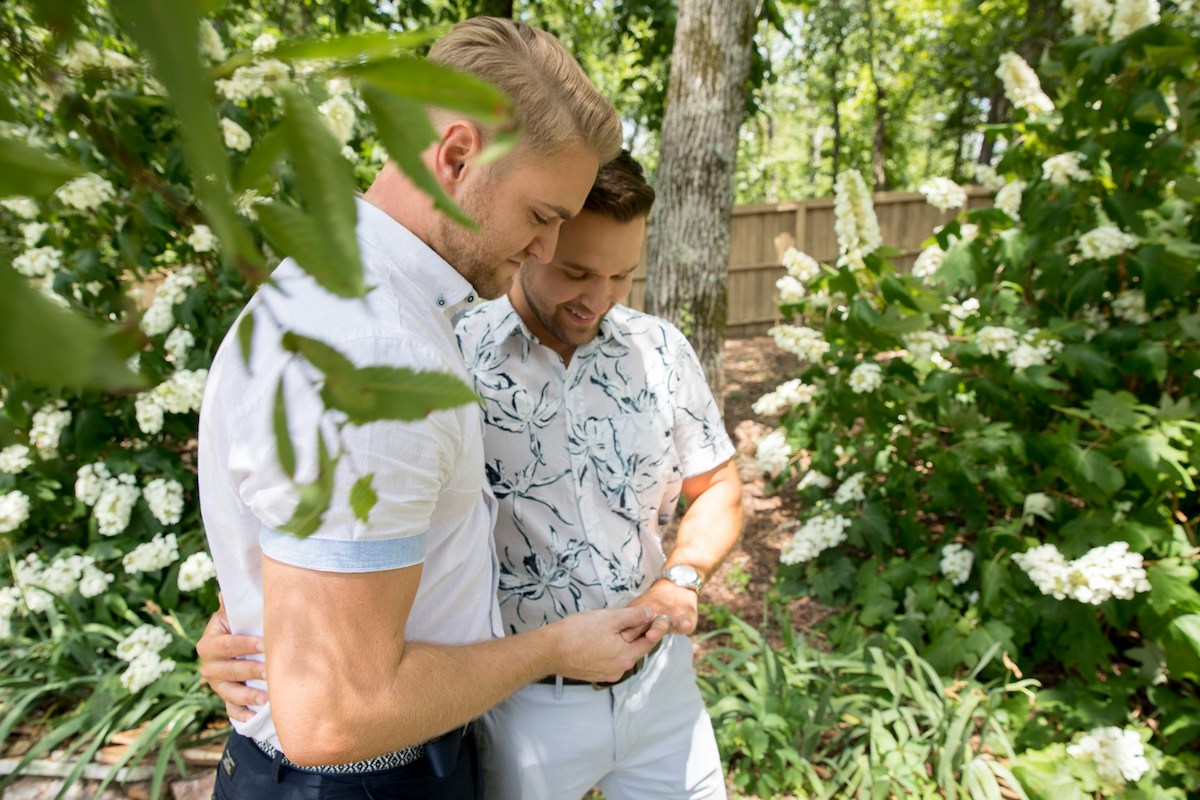
August 22, 2025
Love knows no borders, and in the U.S., neither does immigration law. Since the landmark rulings in Windsor (2013) and Obergefell (2015), same-sex couples enjoy the same immigration opportunities as heterosexual couples . If you’re engaged to a U.S. citizen and planning to marry, a K-1 fiancé(e) visa can be your pathway to building a life together here.
Who Can Apply?
A K-1 visa is available only if:
- One partner is a U.S. citizen (green card holders are not eligible)
- You intend to marry within 90 days of your fiancé(e)’s arrival in the U.S.
- You’ve met in person at least once in the past two years.
- Both of you are legally free to marry and your relationship is genuine.
The Process: Step by Step
- File Petition for Alien Fiancé(e) with USCIS
- Gather and submit evidence that your relationship is genuine. This may include photos, travel itineraries, communications, and affidavits from friends and family .
- USCIS Reviews and Forwards to NVC
- Once approved, the petition moves to the National Visa Center (NVC) and is assigned to the appropriate U.S. embassy or consulate.
- Consular Processing & Interview
- Complete processing at NVC, gather documents (e.g., birth certificates, police clearances, medical exam), and prepare for the visa interview.
- Arrival & Marriage
- Your fiancé(e) travels to the U.S. and you must marry within 90 days of entry.
- Adjustment of Status (Green Card)
- Once married, file for adjustment of status. Your partner may also apply for work authorization simultaneously.
- Conditional Permanent Residency
- If married for less than two years when the green card is approved, the residency will be conditional. You’ll later file to remove those conditions.
- If married for less than two years when the green card is approved, the residency will be conditional. You’ll later file to remove those conditions.
Unique Challenges for LGBTQ Couples
- Proving Your Relationship Is Genuine
Documenting a same-sex relationship can be harder if your home country doesn’t recognize LGBTQ unions. Strong evidence including photos, chat logs, trip records, and affidavits can make all the difference . - Potential Bias or Prejudice
Unfortunately, some applicants face bias from immigration officials. Comprehensive, organized documentation and attorney guidance reduce these risks.
Why Working with Casais & Prias Helps
- Expertise in LGBTQ Immigration Law
With managing partner Rolando Casais, Jr. serving in leadership roles within AILA’s LGBTQ committee, the firm offers specialized, compassionate legal support. - Full-Service Support Through Every Stage
From a case evaluation and petition preparation, to gathering evidence, NVC processing, interview prep, and helping adjust status post-marriage, Casais & Prias guide clients seamlessly. - Florida-Based, LGBTQ-Inclusive
Located in Coral Gables and serving LGBTQ couples throughout the entire United States, they blend local insight with national immigration experience.
Final Thoughts
Immigration law now recognizes that love is love, but navigating it can still be a winding path. A K-1 fiancé(e) visa is a meaningful step toward unity and resilience. With the right guidance, LGBTQ couples can confidently build their future together in the United States.
Ready to take the next step?
Contact Casais & Prias today to book a case evaluation and begin your journey toward reuniting with your partner in the U.S.
LGBTQ Fiancé(e) Visa FAQs
How long does the K-1 fiancé(e) visa process take?
On average, the process can take 8 to 12 months, depending on USCIS and embassy processing times. Delays may occur if additional evidence is required.
Can same-sex couples apply for the K-1 visa?
Yes. U.S. immigration law recognizes same-sex relationships equally, and LGBTQ couples have the same rights to apply for fiancé(e) visas.
What if my home country does not recognize LGBTQ relationships?
You can still apply. Strong evidence of your relationship is important.
Do we need to have met in person before applying?
Yes. Generally, you must have met in person at least once within the past two years.
What happens if we don’t marry within 90 days of arrival?
If you don’t marry within the required timeframe, your fiancé(e) must leave the U.S., and the visa will expire.
Can my fiancé(e) work in the U.S. while on a K-1 visa?
Yes. After arrival, marriage, and applying for adjustment of status, your fiancé(e) can apply for work authorization.
What kind of evidence should we provide to prove our relationship?
Evidence may include photos together, travel itineraries, joint financial records, communication logs, and affidavits from family or friends who know about your relationship.